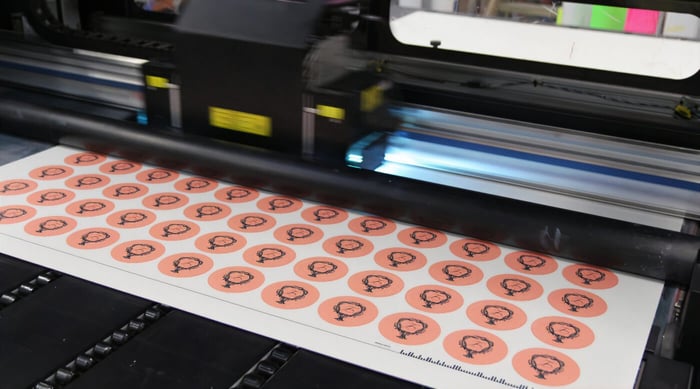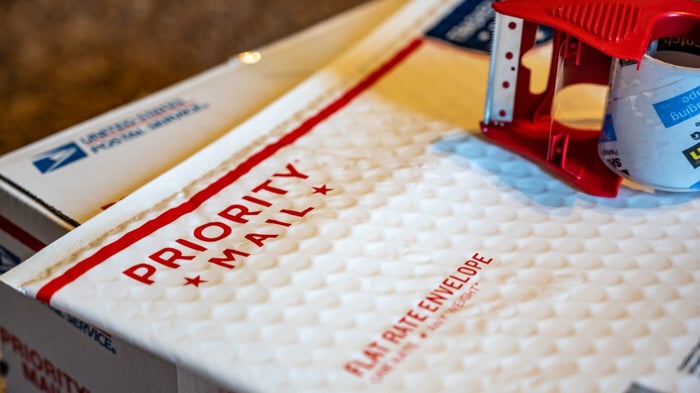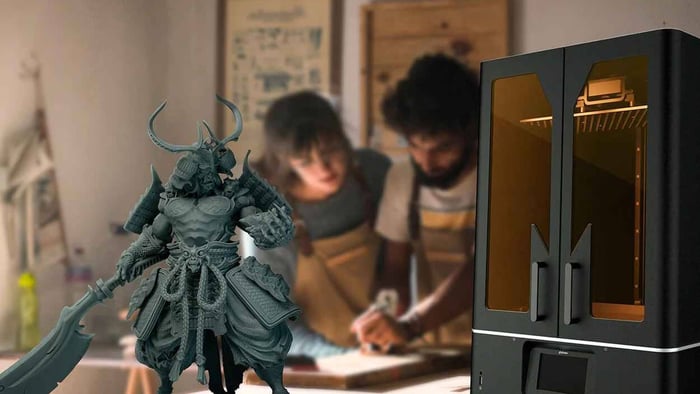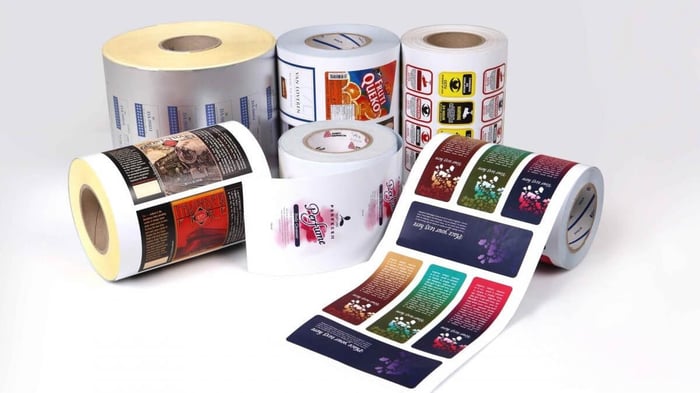UV printing, also known as ultraviolet printing, is a modern technique that uses ultraviolet light to dry ink after printing. A benefit is that it can be used on many substrates, including paper, cardboard, plastic, and aluminum.
UV printing is purely based on ultraviolet light instead of heat or air drying. It provides high-quality printing results. UV printing is among the fastest printing techniques. It gives durable, vibrant, and high-quality print directly on various materials. This print type is in demand in many industries, especially in the decoration, packing, furniture, automotive, electronic products, and grocery industries.
Evolution of UV Printing
Over time, UV printing has improved. Initially, it was expensive and had limited features. But now, the revolution has arrived, and its quality has improved. Now, it can print in multiple colors to ensure high-quality results on plenty of material. Its printing speed is blazing, so it is the perfect choice for bulk printing.
UV Printing vs. Traditional Printing
Both traditional and UV printing techniques are different due to various reasons. Traditional printing focuses on heat or air drying, which takes longer; however, UV printing is super fast and uses light to dry the printing, which takes less time. UV printing prevents smudging; instead, there is a maximum chance of smudging in traditional printing.
Traditional printing techniques can only be used for paper printing, and the result is not sharp and vibrant. UV printing is updated in terms of printing quality. It uses ink to generate spring and ensure that the result is high quality, sharp, vibrant, and clear. You can use UV for multiple-material prints.
Furthermore, The UV printing technique is more compatible with many materials, such as paper, plastic, metals, glass, and wood. Traditional printing is only suitable for paper-based substrates.

However, it's worth noting a few downsides associated with UV printing. The ink tends to sit on top of surfaces like vinyl, so it isn't flat, rather it can have a raised texture. This can lead to issues during lamination, where the laminate might "silver" or show imperfections around the edges of the print.
While UV printing on certain machines, like the Cannon Arizona, is impressively quick for tasks like white printing on clear or colored vinyl, it may not always be the first choice for every job. In terms of speed and output quality, machines like the Epson Eco Solvent printers might be better, delivering prints at 80% of the speed but with superior resolution and color fidelity.
It's also important to consider the lifespan of UV inks, especially for outdoor applications, as they tend to degrade faster than solvent-based inks.
Learn about UV Spot Coating in Printing.
Benefits of UV Printing
UV printing trumps its traditional counterparts in many ways:
- UV printing uses advanced technology of ultraviolet light to dry the ink on the material
- It gives high-quality, more precise, vibrant, and sharp printing result
- UV is beneficial for printing materials like plastic, paper, glass, metal, and wood.
- Great color representation
- It is a super environment-friendly technique for printing
- It takes less time in ink drying
- It can produce more number of prints in less amount of time
- UV technique is highly durable to provide more vibrant results that can last for a long time
- As there are fewer errors or mistakes in the process, the ratio of material waste is reduced.
- It is cost-effective.
Potential Uses of UV Printers
Due to their versatility in printing on various materials, UV printers have a wide range of potential uses across various industries.
- UV printers provide eye-catching signage for indoor and outdoor use like billboards, banners, posters, and trade show displays
- It is ideal for packaging materials like metal, plastic, boards, etc.
- UV printers are also suitable for promotional items, including USB drives, keychains, drinkware, or pens.
- You can also generate labels and stickers with UV printers for labeling and branding.
- You can also use UV printers to create murals, artwork for interior designs, wall decor, or wallpapers.
- It is best for industrial use in printing, glass panels, automotive parts, ceramic tiles, and metal sheets for branding and marketing purposes.
Final Thoughts
UV printing is a modern technique that ensures high-quality prints that last a long time. They rely on ultraviolet light to dry. It is the best choice if you want to print on multiple materials. These environment-friendly printing machines bring massive revolutions to the printing industry for cost-effective, durable, efficient, and high-quality solutions.






